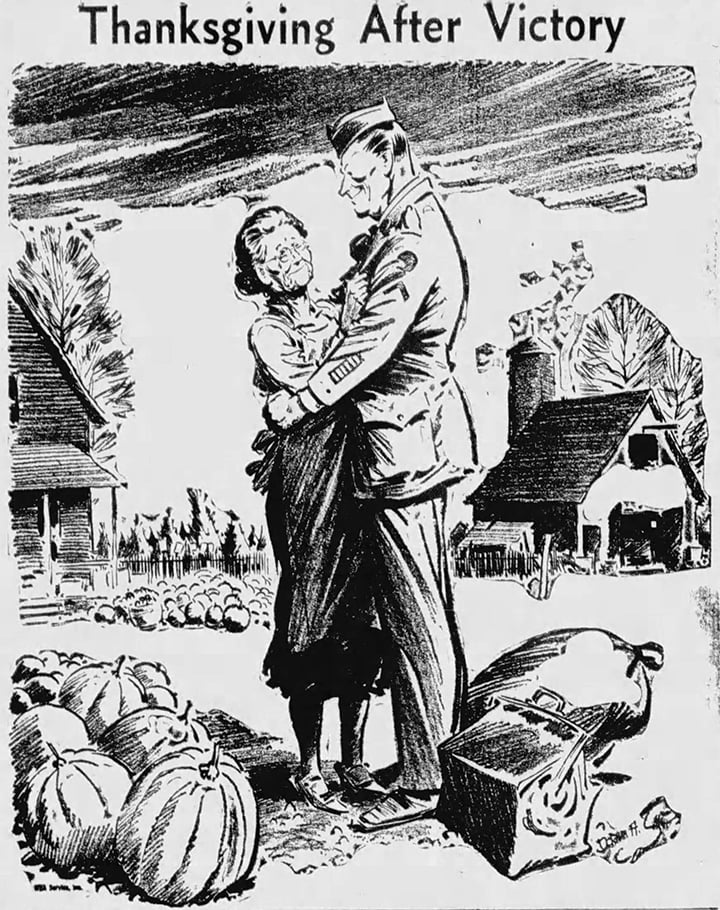The national average for a gallon of regular gas fell 10 cents in the past week to $3.95, due primarily to stable oil prices and fewer drivers than usual fueling up.
“Falling pump prices may eventually lead to more drivers hitting the road again or worrying less about saving gas on a daily basis,” said Lori Weaver Hawkins, public affairs manager, AAA Blue Grass. “But that doesn’t seem to have happened yet. Instead, it appears as if the majority of drivers are waiting for prices to fall further before reverting to their typical driving habits.”
AAA finds that drivers are making significant changes to cope with high pump prices. In a recent survey, almost two-thirds of U.S. adults have changed their driving habits or lifestyle since March. The two most common ways drivers are saving at the pump are by driving less and combining errands.
According to data from the Energy Information Administration (EIA), gas demand rose from 8.54 million b/d to 9.12 million b/d last week. However, the rate is 307,000 b/d lower than last year. Also, total domestic gasoline stocks decreased by 5 million barrels to 220.3 million barrels. Although gasoline demand has risen and supplies have tightened, easing oil prices have helped lower pump prices. If oil prices edge lower, drivers will likely see falling pump prices.

The national average of $3.95 is 62 cents less than a month ago, but 77 cents more than a year ago.
Kentucky’s gas price average is now at $3.55, which is 11 cents lower on the week, just shy of the top 10 lowest markets for gasoline across the nation. Today’s price is 70 cents lower on the month, but still 62 cents higher than a year ago.
Gas prices in Lexington are averaging $3.68, which is 14 cents lower on the week and 73 cents lower on the month. The average price in Lexington a year ago was $2.94.
The average gas price in Ashland is now $3.90. That’s 14 cents lower than a week ago and 69 cents lower than a month ago. The average price for Ashland a year ago was $3.08.
There are now 24 counties in Kentucky averaging at or below $3.37 a gallon. The state’s lowest county-level average can be found in Henderson County at $2.97, followed by Simpson County at $3.15. With the exception of Montgomery County, which is averaging just $3.6, Most of the counties from Fayette County northeastward are averaging at $3.57 and above. The counties with the highest average are Elliott and Magoffin counties at $3.99.
For those planning to travel around the region, the average price for a gallon of unleaded today in Ohio is $3.62, West Virginia $3.99, Virginia $3.76, Tennessee $3.50, Indiana $3.86, Illinois $4.27 and Missouri $3.53.
The western region of the U.S., as well as New York and Vermont, have considerably higher gas prices than many states to the south, with a few exceptions. Only two states in the nation still average above $5 a gallon mark.
The highest spot in the nation remains California, now at $5.36 after only an 8-cent drop on the week, followed by Hawaii at $5.36, which fell just 6 cents on the week.
Texas has the lowest statewide gas price average in the nation today, currently at $3.45, followed by Arkansas at $3.47.

Quick Stats
The nation’s top 10 largest weekly decreases: Maine (−19 cents), Colorado (−18 cents), West Virginia (−16 cents), Arizona (−15 cents), Illinois (−15 cents), New Mexico (−14 cents), Florida (−13 cents), Nebraska (−13 cents), Arkansas (−13 cents) and Kansas (−13 cents).
The nation’s top 10 least expensive markets: Texas ($3.45), Arkansas ($3.47), Tennessee ($3.50), Oklahoma ($3.50), South Carolina ($3.50), Georgia ($3.51), Mississippi ($3.52), Kansas ($3.53), Missouri ($3.53) and Alabama ($3.54).
Oil Market Dynamics
At the close of Friday’s formal trading session, WTI decreased by $2.25 to settle at $92.09. Although crude prices declined at the end of the week due to concerns that an economic slowdown could cause crude demand to stagnate or decline, prices rose earlier in the week after the U.S. Bureau of Labor Statistics reported a smaller than expected increase in inflation last month at 8.5 percent. The rise in market optimism helped to boost prices despite EIA reporting that total domestic crude supply increased by 5.4 million bbl. For this week, oil prices could continue to decline if demand concerns persist.
Fuel-saving Tips from AAA

Whether you’re planning a trip across the country, or just across town, AAA offers the following advice to help drivers save at the pump:
• A vehicle that’s been maintained will help you maximize your miles per gallon. Make routine vehicle inspections a part of your regular routine. Plus, here’s a step you can take on your own: make sure your tires are properly inflated. Underinflated tires are a drag on fuel economy. Check tire pressure at least every other week and more often when temperatures are fluctuating.
• Find the shortest route to your destination and map it out before you go to minimize unnecessary turnarounds, idling and backtracking. Avoid peak traffic times because you get zero miles to the gallon when you’re sitting still in traffic. If possible go to “one-stop shops” where you can do multiple tasks (banking, shopping, etc.).
• Fuel economy peaks at around 50 mph on most cars, then drops off as speeds increase. Reducing highway speeds by 5 to 10 mph can increase fuel economy by as much as 14%. Surpassing the posted speed limit is not only against the law and increases the risk of crash severity, but also reduces your gas mileage.
• A car engine consumes one quarter to one-half gallon of fuel per hour when idling, but a warm engine only takes around 10 seconds worth of fuel to restart. Where safe to do so, shut off your engine if you will be stopped for more than a minute. Remember, idling gets you 0 miles to the gallon.
• Use “fast pass” or “express” toll lanes to avoid unnecessary stops or slowdowns on the highway.
• Only use premium gas in vehicles that require it. Paying for premium gas for a vehicle that takes regular is a waste of money and is of no benefit to the vehicle.
AAA





















